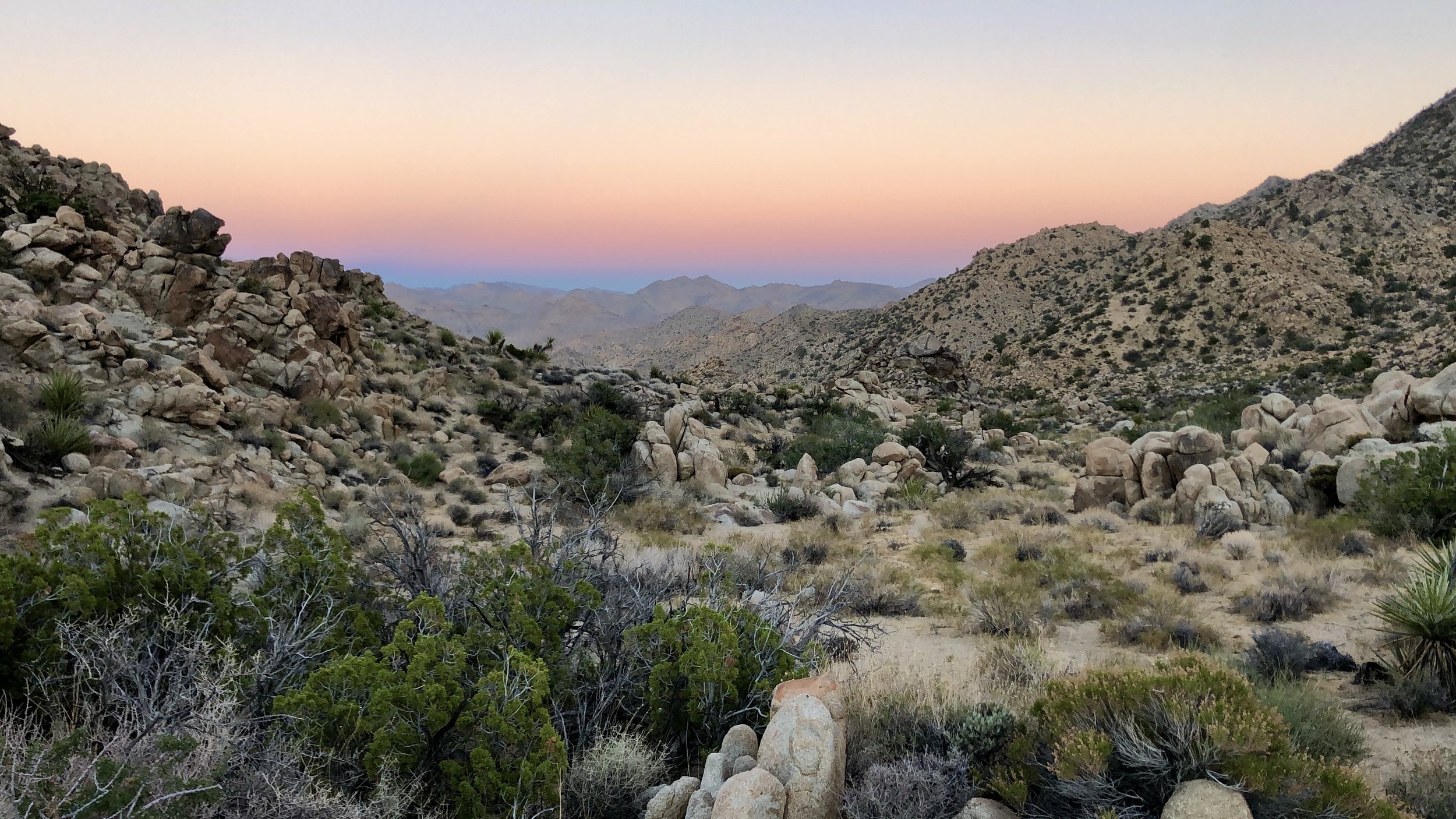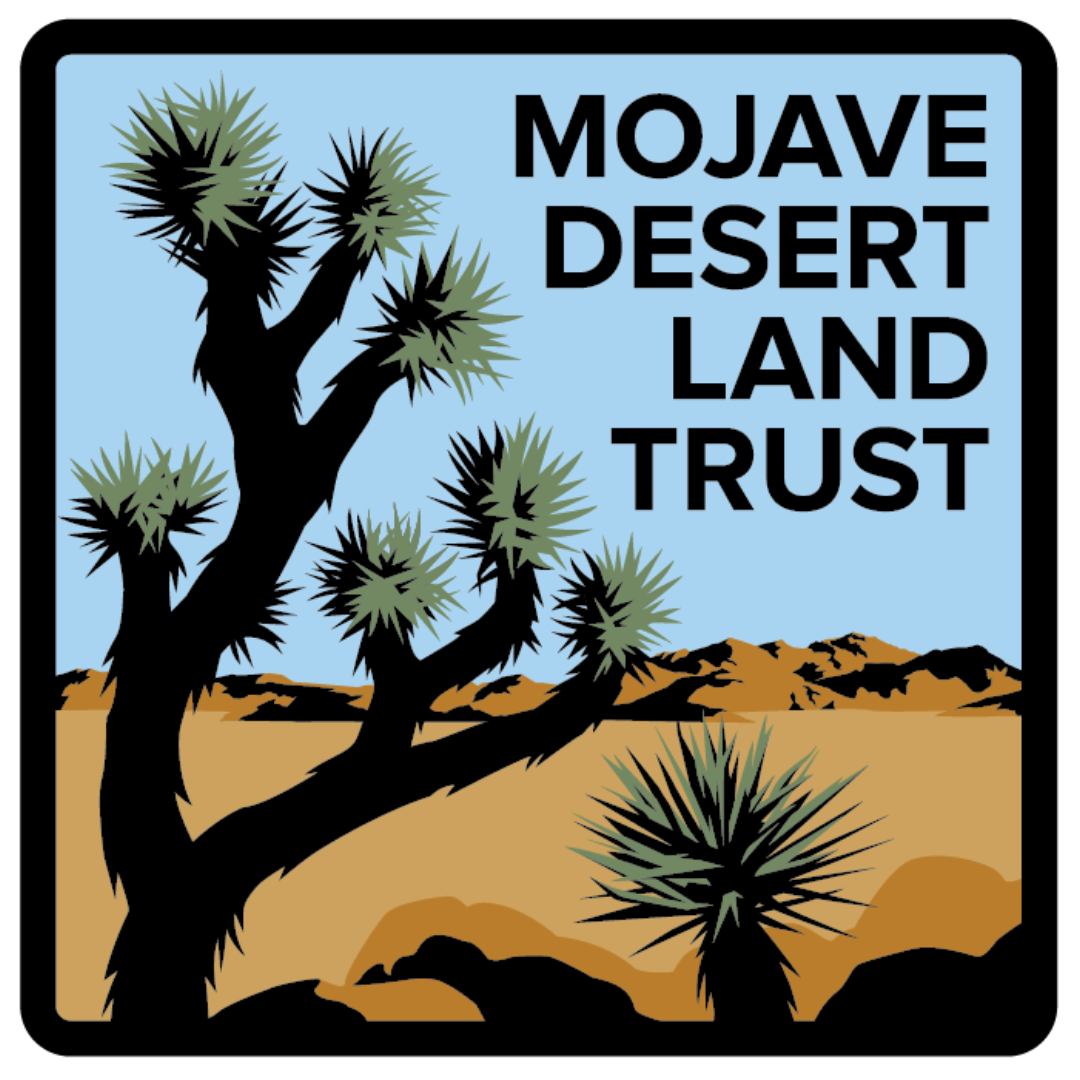

Targeted conservation for the desert tortoise
Desert tortoises are one of the oldest extant species in the United States, having resided in the Mojave Desert for an estimated 15 to 20 million years. In the past century, changes to their habitat from the ongoing threats of urbanization, off-highway vehicle activity, predation, large-scale renewable energy projects, wildfires, and proliferation of invasive species have caused a significant population decline. In 2023 MDLT began work on a three-year restoration project within critical Mojave desert tortoise (Gopherus agassizii) habitat in the Superior-Cronese region near Barstow, California, thanks to generous funding from the National Fish and Wildlife Foundation. This unique project is part of a larger initiative, the Desert Tortoise Recovery Partnership.

Protecting springs in the driest desert of North America
In the driest desert in North America, seeps and springs percolate in the nooks and crannies where mountain ranges meet. The Mojave Desert Land Trust stewards and protects several springs that have served as vital watering holes and homelands for animals and humans alike. Take an interactive look inside these Desert Springs properties in our new storymap.

Caliente Creek: community-centered conservation
Tucked in between multiple mountain ranges hundreds of miles from MDLT headquarters, Caliente Creek may seem far removed from the iconic Joshua trees, creosote, and ocotillo of California’s deserts. But Caliente Creek is a connective thread that ties together plant and animal communities from across California. The Sierra Nevada, Mojave Desert, San Joaquin Valley, and Southern California ecosystems all converge here.
